Tuesday Triage #16
- TUESDAY TRIAGE #16 by Vadim Drobinin
- On the cocktail menu problem
- Things I enjoyed reading
- 1. Naked Souls by Rachel Polonsky
- 2. Don't Contribute Anything Relevant in Web Forums Like Reddit by @n0v0id
- 3. Can lab-grown brains become conscious? by Sara Reardon
- 4. Building fast and slow by @bthdonohue
- 5. No, Soylent isn’t Healthy. Here’s Why by @nateliason
- 6. The Forgotten Life of Einstein's First Wife by Pauline Gagnon
- 7. The Ultimate Mobile In-App Purchases Guide by Hady ElHady
- 8. The cheap pen that changed writing forever by Stephen Dowling
- 9. Falsehoods programmers believe about addresses by Michael Tandy
- 10. An Incandescent Inanity by Gary Saul Morson
- Things I didn't know last Tuesday
- 1. Children used to be sent through the Mail
- 2. Etymology of tea
- 3. Taco Liberty Bell
- 4. Apple bobbing
- 5. Timezone change in Shanghai in 1927
- 6. Piloncillo
- 7. Caroline Street
- 8. horror vacui
- 9. Montparnasse derailment
- 10. erstwhile
- Book of the week
- Thank you and see you in a week!
TUESDAY TRIAGE #16
by Vadim Drobinin ¶
Your weekly crème de la crème of the Internet is here!
03.11.2020 (read in browser)
On the cocktail menu problem ¶
There is a peculiar problem in combinatorial optimization, called the knapsack problem, which is dating as far back as 1897, and refers to the commonplace problem of packing the most valuable or useful items without overloading the luggage.
I recently realised that it does apply to making a cocktail menu as well.
Now, a disclaimer: I am a simple man.
If I drink cocktails, then either Martini, or Martinez, or Hanky Panky, or occasional Old Fashioned count for 99% of my intake.
When I mix drinks though, this is different.
For the past two years we've been making menus for The Stirred Art, our well-hidden London speakeasy.
The caveat is that every menu has to be different and marked with a date, so guests could write down their notes and take them back home to remember the best concoctions they had.
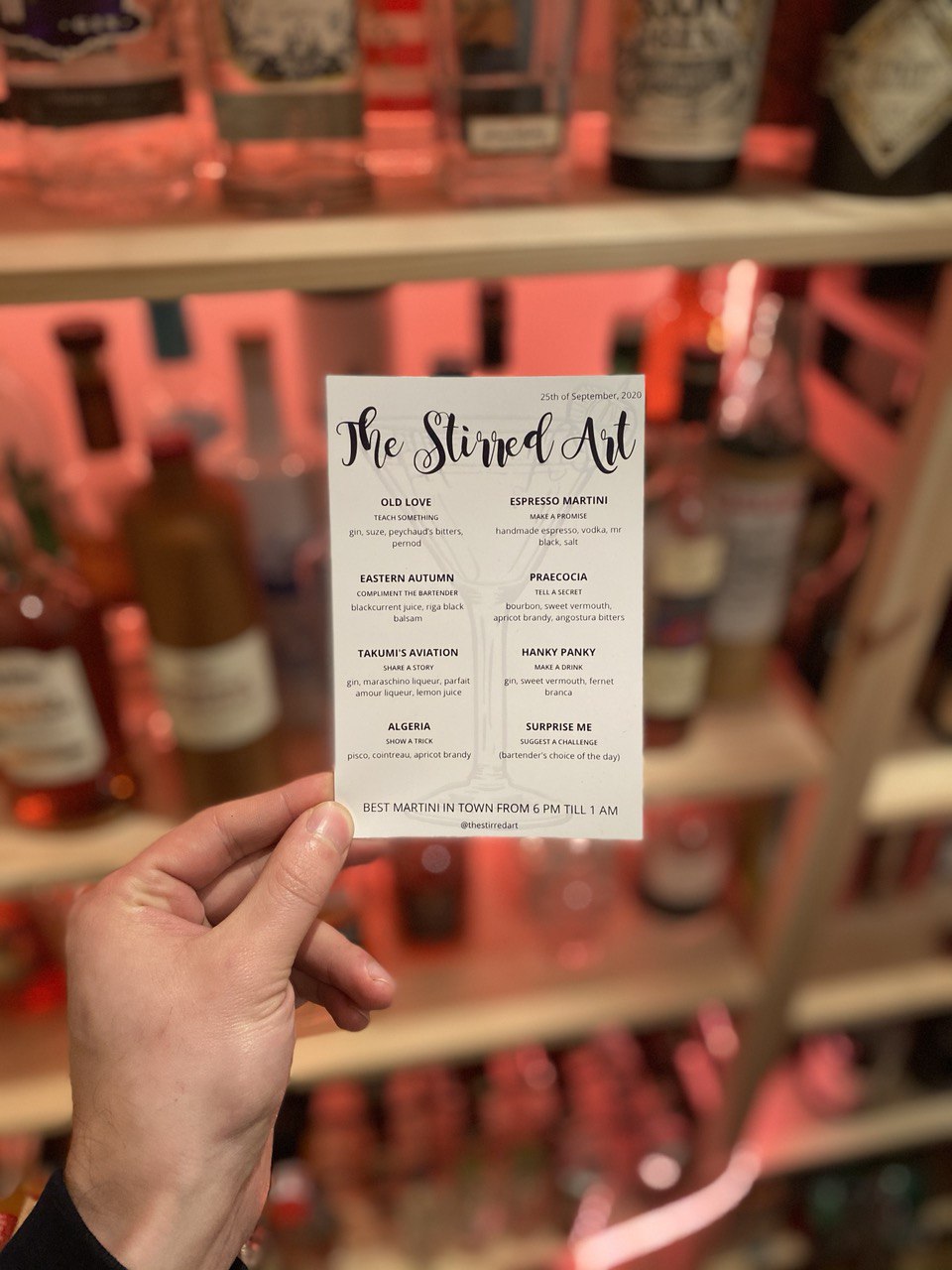
The menu has to be diverse, and ideally include some low-ABV drinks, something with whiskey, something with gin, and so on.
And yet it has to be short so the guests are not overwhelmed by choice.
And yet it has to avoid common or classic cocktails as people tend to stick to something familiar.
Most importantly, it should optimise for getting rid of almost empty bottles (they take space) or quickly expiring ingredients (they might not survive till the next session).
Hence, the cocktail menu problem:
Given a set of bottles, each with a volume left and a value, determine the number of each item to include in a collection so that the total volume is less than or equal to a given limit and the total value is as large as possible, where the value is defined as a uniqness of the combinations present across all previous menus.
As with the knapsack problem, there are numerous ways to solve them, and most of them feature either exponential time or space complexity.
I am quite proud by our latest edition though:
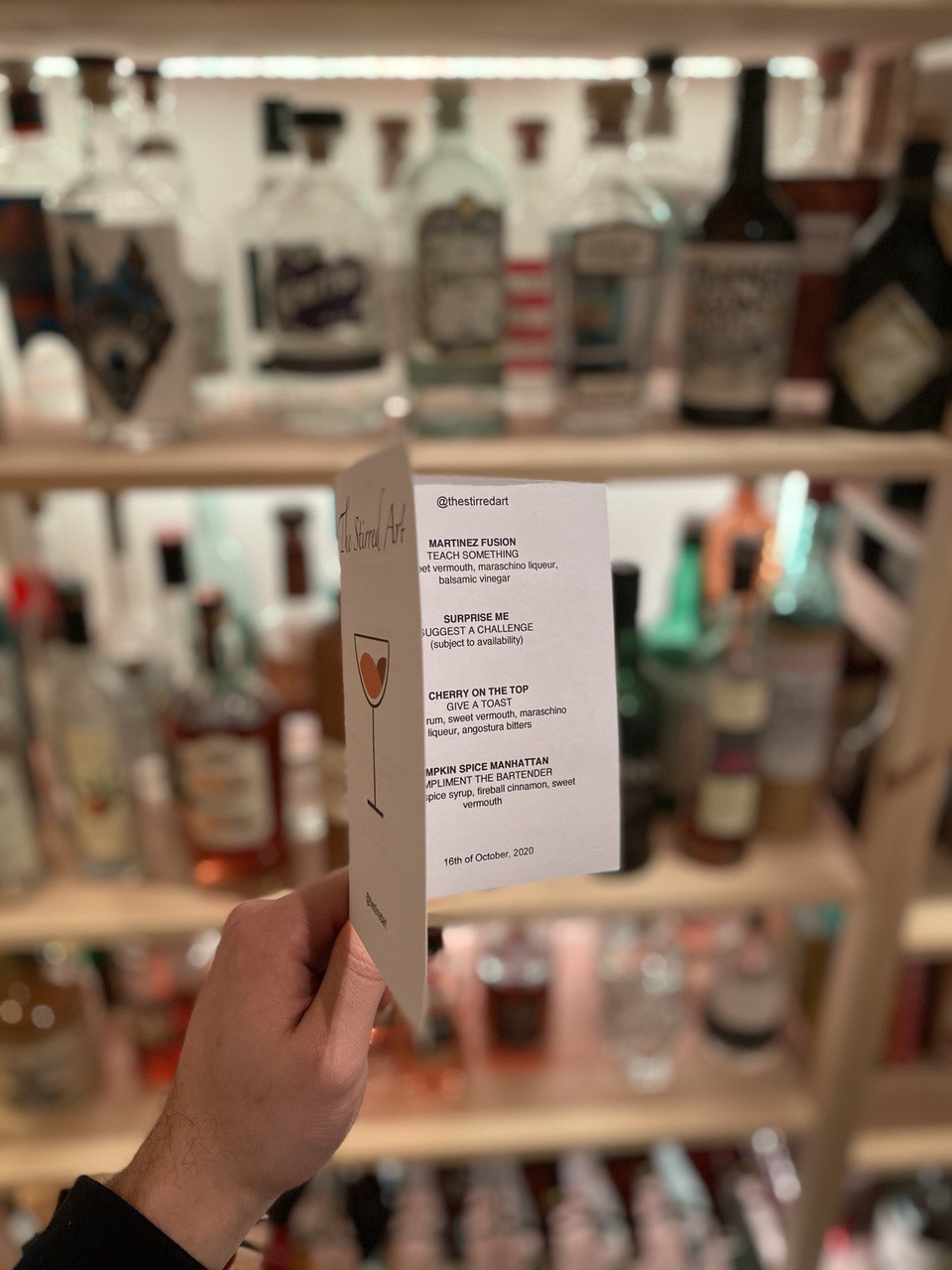
It's pretty much automated (albeit I have to input the bottles and edit some recipes) and I probably explain in more details the intricacies of converting a JSON into a printed piece of cardboard, but that's for the next time.
For now, my most succesfull cocktail of this Autumn, the Apple Pie on the Rocks (which does taste as a liquid apple pie!):
Apple Pie on the Rocks
- 2 oz Fireball Cinnamon Whisky
- 1 oz Kingston Black Apple Aperitif 18%
- 1 oz Somerset Apple Eau Du Vie
Quickly stir with ice (it needs to be a bit under-dilluted) and serve on the rocks. Garnish with a lemon twist or a cinnamon stick (optional).
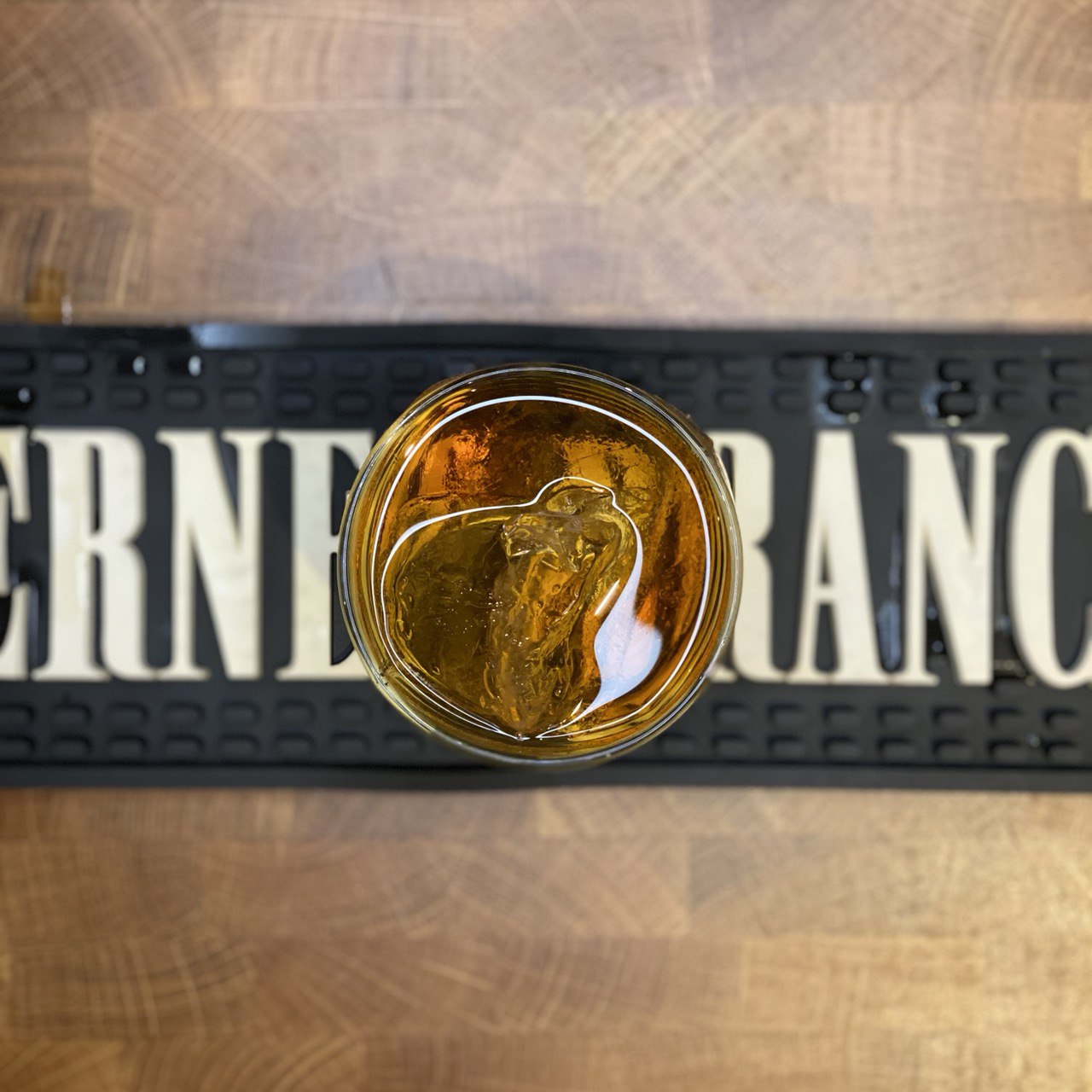
Cheers! 🍸
Things I enjoyed reading ¶
1. Naked Souls by Rachel Polonsky ¶
This is a very good summary of my childhood, even though water ocassionaly would be substituded by beer for extra-bready aroma, and instead of rolling naked in the snow we'd jump into an ice hole in a frozen lake.
In the parilka, the wooden steam room at the heart of every Russian banya, a stove heats a pile of stones. When the stones are red-hot, water is thrown onto them, raising billows of light steam. Reclining or standing on wooden benches, bathers sweat and whip themselves with veniki, switches of leafy twigs. When they are hot enough (or too hot), the bathers leave the parilka to cool off by plunging into rivers, ponds, barrels, or marble-tiled pools, pouring tubs of icy water over their heads, or rolling naked in the snow.
Some of my non-Russian friends try to match it with their experience of Finnish saunas, or Turkish hammams.
This is not the same.
The Russian way, as always, is about embracing suffering on the path to bliss, and banya is the most close-to-earth expression of it (I do encourage you to give it a try though, just make sure your affairs are put in order).
2. Don't Contribute Anything Relevant in Web Forums Like Reddit by @n0v0id ¶
I have been involved into a recent discussion about Medium being a medium of neither rare nor well-done articles with a terrible user experience.
In addition to all pros and cons of using a third-party platform for blogging, there is also a more generic question of owning your content in general, which also includes one's posts on Reddit, StackOverflow and so on.
By distributing content and using open platforms that can be interconnected and share content freely, most of the threats are addressed while getting the advantages of choosing your own interface and so forth.
So let's go ahead and stop dragging books into libraries that are known to be burned down in a couple of years for sure.
Fair enough. It would be quite sad to spend years building up reputation on StackOverflow and one day find out that it got shut.
3. Can lab-grown brains become conscious? by Sara Reardon ¶
OK, I doubt 2020 is the right year to make lab-grown brains conscious. Now please tell it to these folks:
Just a few months earlier, a team at Yale University in New Haven, Connecticut, announced that it had at least partially restored life to the brains of pigs that had been killed hours earlier. By removing the brains from the pigs’ skulls and infusing them with a chemical cocktail, the researchers revived the neurons’ cellular functions and their ability to transmit electrical signals.
4. Building fast and slow by @bthdonohue ¶
A very good point on choosing the right time to "move fast and break things" vs "measure twice and cut once" (a funny sidenote: the latter proverb in Russian says "measure seven times and cut once; I wonder if that makes British people more careful by default).
Whenever I’ve seen teams build bad products, it’s because they built fast and slow at the wrong times. They were too fast moving from initial plan to engineering execution, too slow in validating their hypothesis, or over-engineered solutions to problems that customers don’t have.
5. No, Soylent isn’t Healthy. Here’s Why by @nateliason ¶
A few years ago I was obsessed with the British alternative to Soylent, a brand of meal replacement products, called Huel.
A white and merely tasty powder, mixed with water and possibly blended with something else (from bananas to curry powder), was meant to cure my constant hunt for snacks in the office and yet supply the brain with energy.
Here are some sceptical thoughts about such an approach.
Is it worse than McDonalds? Probably not, but at least you don’t feel good about eating McDonalds, and that’s where the problem is. This idea that Soylent is healthy tricks you into thinking that if you have your Soylent, you’ve done your good-eating-deed for the day, instead of thinking of it as a last resort like a protein bar.
Though personally I threw it away just because the food in my life is too good to be skipped, even if once a day.
6. The Forgotten Life of Einstein's First Wife by Pauline Gagnon ¶
This is quite fascinating for multiple reasons:
On 13 December 1900, they submitted a first article on capillarity signed only under Albert’s name. Nevertheless, both referred to this article in letters as their common article. Mileva wrote to Helene Savić on 20 December 1900. “We will send a private copy to Boltzmann to see what he thinks and I hope he will answer us.”
Likewise, Albert wrote to Mileva on 4 April 1901, saying that his friend Michele Besso “visited his uncle on my behalf, Prof. Jung, one of the most influential physicists in Italy and gave him a copy of our article.”
Also if the word "letters" in the article is replaced by "tweets", it reads as a plausable overview of some modern story.
Wonder if anyone would go through archives of our tweets 120 years from now.
7. The Ultimate Mobile In-App Purchases Guide by Hady ElHady ¶
I found this article to be neither guide, nor ultimate, but that's a good selection of helpful insights into IAPs across mobile platforms:
First session purchasers will make an average of 2.8 purchases in a given app during their user lifetime, compared with 3.5 purchases for all other purchasers.
This again shows that while a lot of developers focus on pushing to have the users make an in-app purchase as fast as possible, it might be better to focus on retention and on turning them into loyal users first, as this is proven to have a higher return in the long run and improve the users’ lifetime value.
8. The cheap pen that changed writing forever by Stephen Dowling ¶
The whole article worth reading but both the inflation rate and the significance of ballpoints for the modern culture are just fascinating:
The new Reynolds ballpoint cost $12.50 – convert that to 2020 money and it’s more than $180 (£138.50). Today, if you were buying your pens in bulk, from stack-‘em-high superstores, you could end up with more than 1,000 for the same price.
9. Falsehoods programmers believe about addresses by Michael Tandy ¶
First things first, this is a great selection of things people assume for no reason.
But also the author of the article has managed to pull a great trick on British register of public companies, and created a company with a XSS in its name, which almost instantly affected all scrapers out there.
Addressing is a fertile ground for incorrect assumptions, because everyone's used to dealing with addresses and 99% of the time they seem so simple. Below are some incorrect assumptions I've seen made, or made myself, or had reported to me.
10. An Incandescent Inanity by Gary Saul Morson ¶
One of my guilty pleasures is to read Russian classic authors in foreign translations and complain.
In Fusso’s version the narrator identifies something still stranger: “How did Kovalyov not realize that you cannot go to a newspaper office to place an advertisement about a nose?” Like any good humorist, Gogol ends the sentence with the funniest word—nose—but other translators — MacAndrew, Richard Pevear and Larissa Volokhonsky, and Constance Garnett — all end it with the newspaper office. Fusso’s ear for humor makes all the difference.
From that perspective, Gogol is a tough fella for translators. His words are obscure, rarely widespread, largely affected by local customs and yet always funny. Out of five famous writers only one managed to do it right, and it was mere 25 years ago.
This ending is all the more grotesque since Gogol was obsessed with noses, snorts, sneezes, mustaches, whiskers, smells of all kinds, and countless Russian idioms involving the olfactory (Nabokov devotes a page to listing them). His last words — “A ladder! A ladder!” — apparently expressed his lifelong wish to rise above what the narrator of Dead Souls calls “the slimy mass of minutiae that has bogged down our life.”
By the way, I won't be pointing fingers, but there is another Russian author who is highly praised by translators for his prose is fairly dull and repetetive.
Things I didn't know last Tuesday ¶
1. Children used to be sent through the Mail ¶
I am just surprised that this practice was eventually banned.
Just a few weeks after Parcel Post began, an Ohio couple named Jesse and Mathilda Beagle “mailed” their 8-month-old son James to his grandmother, who lived just a few miles away in Batavia. According to Lynch, Baby James was just shy of the 11-pound weight limit for packages sent via Parcel Post, and his “delivery” cost his parents only 15 cents in postage (although they did insure him for $50).
Postage was cheaper than train tickets back then (and still is, actually), so I can't really blame the parents.
2. Etymology of tea ¶
This is quite interesting. I always took for granted that "чай" ("chai", Russian for "tea") is pronounced the same way as for example "masala chai" and yet never thought whether that's a coincidence or not.
Nearly all of the words for tea worldwide, fall into three broad groups: te, cha and chai, which reflected the history of transmission of tea drinking culture and trade from China to countries around the world. The few exceptions of words for tea that do not fall into these three broad groups are mostly from the minor languages from the botanical homeland of the tea plant, and likely to be the ultimate origin of the Chinese words for tea. None of these words mean 'dinner' or a late afternoon meal.
Like the final remark as well. Feels like a clarification for British readers.
3. Taco Liberty Bell ¶

So these folks took the liberty (ha-ha) of buying American independence (albeit for the April Fool's Day only):
Taco Bell took out a full-page advertisement in seven leading U.S. newspapers announcing that the company had purchased the Liberty Bell to "reduce the country's debt" and renamed it the "Taco Liberty Bell".
I am fairly impressed with the Taco Bell's game so far, as this is not the first time they make it to the newsletter.
4. Apple bobbing ¶
The Halloween this year was quite odd, and yet we managed to hand out some sweets to the neighbourhood kids in a safe fashion (a smart doorbell is irreplaceable if one needs to play scare sounds from the distance).
On the other note, I learnt about a funky British tradition, present since the Roman invasion of Britain and still quite popular.
The game is played by filling a tub or a large basin with water and putting apples in the water. Because apples are less dense than water, they will float at the surface. Players (usually children) then try to catch one with their teeth. Use of arms is not allowed, and often are tied behind the back to prevent cheating.
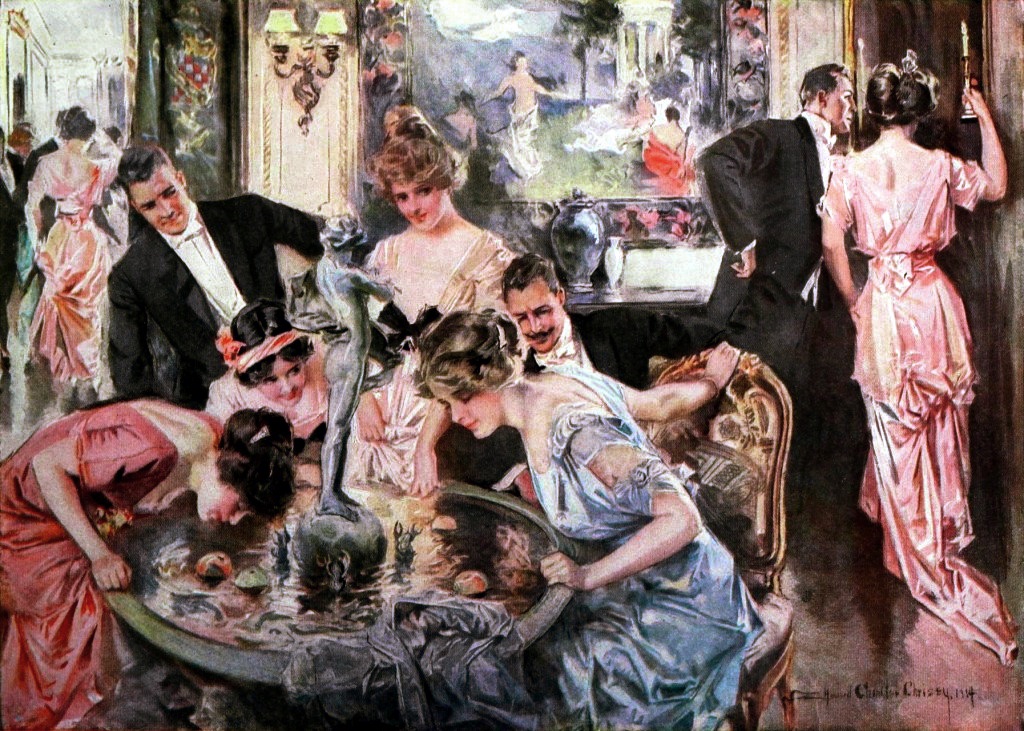
5. Timezone change in Shanghai in 1927 ¶
Timezones are hard.
Basically at midnight at the end of 1927, the clocks went back 5 minutes and 52 seconds. So "1927-12-31 23:54:08" actually happened twice, and it looks like Java is parsing it as the later possible instant for that local date/time - hence the difference.
What does it mean for developers? Well, until recently "1927-12-31 23:54:08" - "1927-12-31 23:54:07" would result in 353 seconds instead of 1 second difference.
6. Piloncillo ¶
A deeper and more complex version of brown sugar, which can be used as both a sweetener and a spice.
Piloncillo is made by boiling down cane juice into a thick, crystalline syrup. It is then poured into cone-shaped molds where it is left to harden. The name piloncillo means "pylon" for its conical shape. It has an earthiness to it that has hints of both bitter and sweet.
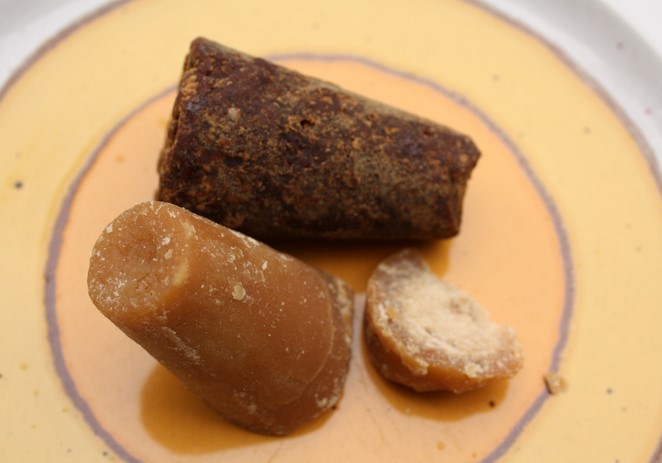
7. Caroline Street ¶
There is a street in Cardiff, also known as "Chippy Alley" and famous for its local fast-food selection:
Wedged between the clubbing hotspots of Mill Lane and St. Mary’s Street, Chippy Lane—or Caroline Street to the uninitiated—is perfectly positioned to welcome the thousands of party-goers who descend on Cardiff’s city centre each year. The choice is bountiful: fish and chip shops, kebab shops, and burger joints that stay open until the early hours.
It's worth noting that the local delicacy is a mixture of chips, cheese, and curry or gravy sauce. And also they deep fry rissoles. Mamma mia!
8. horror vacui ¶
There is a name for the fear of blank space:
In visual art, horror vacui or kenophobia is the filling of the entire surface of a space or an artwork with detail.
So the next time you see someone putting too many things on the screen you know what to tell to their psychologist.
And also point them to the Universal Principles of Design, Lidwell et al., pp. 128–129, which states that there is "a general inverse relationship between horror vacui and value perception", so the product's perceived value goes down if the amount of information on the screen goes up.
9. Montparnasse derailment ¶
The Montparnasse derailment occurred at 16:00 on 22 October 1895 when the Granville–Paris Express overran the buffer stop at its Gare Montparnasse terminus. With the train several minutes late and the driver trying to make up for lost time, it approached the station too fast and there was a failure to apply the train air brake. After running through the buffer stop, the train crossed the station concourse and crashed through the station wall; the locomotive fell onto the Place de Rennes below, where it stood on its nose.

I learnt about this accident because a few days ago a very similar issue happened in Rotterdam, but the train got stuck in a piece of modern art (and thus turned into modern art too).

10. erstwhile ¶
Here is a beautiful word I unearthed recently:
The adverb erstwhile has been part of English since the 16th century, but it is formed from two words that are much older. It comes from the Old English words ær, meaning "early", and hwīl, which has much the same meaning as the modern word while. (The English word ere, meaning "before," is also descendant of ær.)
Used as a synonim to "former", e.g "erstwhile enemies".
Book of the week ¶
An interesting insight into the restaurant career ladder from the Daniel Humm's "The NoMad Cookbook":
A kitchen server’s job is to bring the food from the kitchen to the guests, study the cuisine, and act as ambassador for the chefs while in the dining room. These entry-level employees (most of whom have incredible educational backgrounds and hospitality résumés) spend their time as kitchen servers mastering the steps of service, including wine, spirits, beer, and coffee, and the restaurant’s culture. Eventually, they take their next step, to assistant server, where they are more involved in the maintenance of the table (clearing, crumbing, water). Then, after some time, they may be promoted to server, where they become responsible for coordinating the table’s order, as well as the setting of silverware and glassware for the following courses.
I really like their definition of a kitchen server, who's apparently an "ambassador for the chefs". This is something often overlooked even at the best of the best.
HoReCa as an industry fascinates me for a very long time, and yet despite striving for learning more and more about food, drinks, and science behind it, I can not imagine myself working for someone, either behind the bar or at the kitchen.
The flexibility of rushing guests away if you don't want to serve Mojitos at your place is too precious to give up, even if it is at the expense of new skills.
Thank you and see you in a week! ¶
If you have any questions, or want to suggest a link for the next newsletter, please drop me a message on Twitter or reply to this email.
Cheers! 🍸